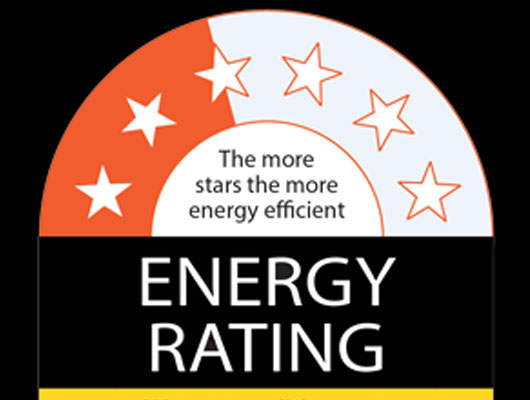Star Ratings for Electrical Appliances – Points to Note
Post by : favouritehomes
To tell the truth, it’s not just the budget and the brand that people look for when shopping for an electrical appliance, but the star ratings too. This, however, doesn’t mean that they have a proper understanding of what really goes into providing the star rating. Here is a little bit of information to help you along.
The energy star is a fully government-backed symbol that is often referred to as BEE (Bureau of energy efficiency). It is an initiative of the Ministry of Power and is a reliable energy efficiency rating system that helps you save money on your energy bills aside from hogging natural resources. The energy labels vary in size depending on the product size. And since no two appliances are exactly the same, the BEE demands that the appliance display its kWh (KiloWatt Hour) usage per annum on the energy label in smaller print too.
Expensive appliances like refrigerators, ACs, geysers, ovens and washing machines are regularly used electrical products that will be with you for many years to come. Hence, it’s essential that you have a proper understanding of how much energy they will use and how much using the appliance will cost you. Most people overlook the fact that the cost of using is as important as cost of owning an appliance.
It was in 2006 that the government-mandated the use of energy rating displays, with the greater the more the number of stars, the better its efficiency. And with improving technology and newer, more energy-efficient models coming up every year, the star rating system gets reviewed every year too. For this reason, it’s always better to look for the manufacturing year as well as the star rating as newer, more advanced models with the same star rating might confuse you.
In the current system, appliances with up to six stars are categorized as being energy-efficient appliances. Any more stars than this and the appliances are given the super-efficient label. The maximum rating available is ten stars, but don’t hold your breath, as it isn’t very common. There are even half-star ratings available. In some instances, where the appliance is used only minimally, it’s ok to go for a lower star rating as it won’t be affecting your energy consumption substantially anyway.
The real idea behind these ratings is to help people make real-world comparisons of a product without depending on any inflated claims by the manufacturer and empower the consumer!
 +91-98959 94000
+91-98959 94000 +971 508448772
+971 508448772











